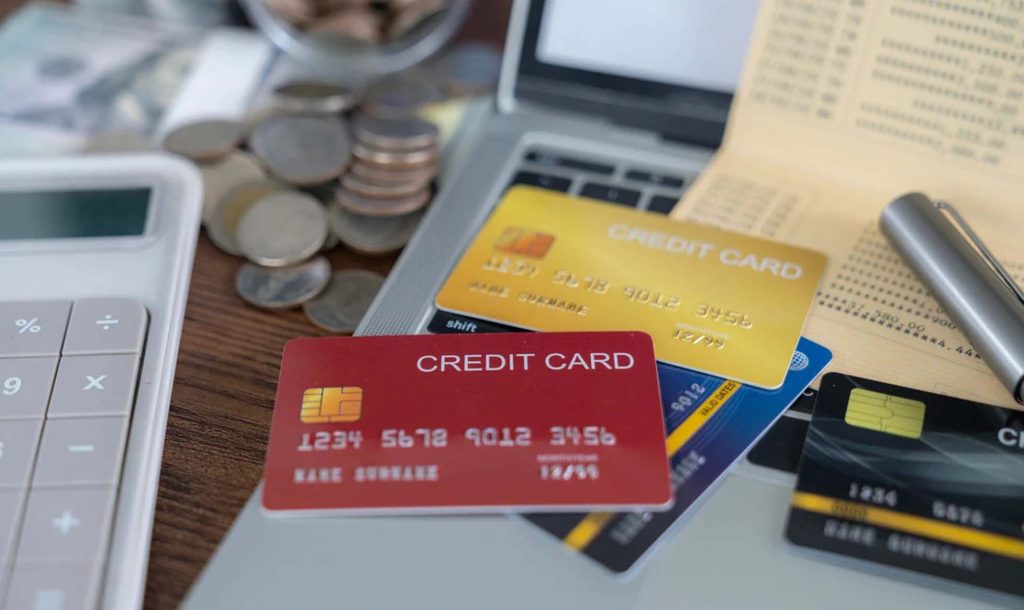How to Effectively Manage Debt: From Basics to Strategies
Debt management is an unavoidable topic in modern financial life. Whether you are a young person just starting out in society or someone with a certain level of financial stability, everyone is likely to face debt issues at some stage. Debt in itself is not necessarily a bad thing—when used correctly, debt can help achieve personal wealth growth and life goals. However, poor debt management can lead to serious financial pressure and long-term credit issues. In this article, we will discuss in detail the basic concepts of debt management, common types of debt, how to develop effective debt management strategies, and how to avoid common debt traps. The goal is to help individuals maintain a clear mindset and plan their finances rationally in the complex world of debt.
1. The Basic Concepts of Debt Management
Debt management refers to the process of effectively planning, supervising, and controlling an individual or household’s debt. This includes creating repayment plans, controlling the level of debt, avoiding unnecessary borrowing, and maintaining a good credit standing. Whether it’s credit card debt, mortgage loans, student loans, or personal loans, each type of debt requires its own unique management strategy.
The core objective of debt management is to ensure that debt does not become a financial burden that affects one’s quality of life. This can be achieved through proper budgeting, an effective repayment plan, and avoiding overborrowing. Another important long-term goal of debt management is to build and maintain a good credit record. A good credit history not only helps secure better loan conditions but also brings convenience in other aspects of life, such as renting homes, applying for insurance, and more.
2. Common Types of Debt and Their Management
In the process of managing debt, it is important to first understand the types of debt you are carrying. Different types of debt require different management methods and repayment strategies. By understanding the characteristics of each type of debt, individuals can choose the most appropriate repayment method.
2.1 Credit Card Debt
Credit card debt is one of the most common types of short-term, high-interest debt. The biggest advantage of credit cards is their convenience for making purchases. However, if payments are not made on time, interest will accumulate rapidly, leading to a vicious cycle of debt. Many people focus only on the minimum payment each month, ignoring the huge burden of high interest.
Strategies for managing credit card debt include:
- Avoid paying only the minimum payment. Minimum payments usually cover just the interest and a small portion of the principal. Over time, this means the debt will hardly decrease.
- Take advantage of balance transfer promotions. Some banks offer low-interest balance transfer deals that allow you to transfer high-interest credit card balances to another card with a lower interest rate, reducing interest payments.
- Set a budget and control spending. Establish a clear budget for monthly expenses to avoid impulsive spending that will increase debt.

2.2 Mortgage Loans (Home Loans)
Mortgage loans are long-term debts that many people incur when purchasing a home. Mortgage loans typically have lower interest rates and longer repayment periods, but due to their large amounts and extended repayment timelines, special attention must be given to interest rate changes and the possibility of early repayment.
Strategies for managing mortgage loans include:
- Fixed-rate vs. variable-rate loans. Fixed-rate loans help avoid the risk of rising interest rates, while variable-rate loans may save interest when market rates are low. Choose the loan type that best suits your financial situation and market expectations.
- Early repayment strategy. If you have extra funds, consider making early repayments to reduce the total interest payments. However, be aware that some loan products may impose penalties for early repayment, so you should understand the terms beforehand.
- Regularly review the interest rate. If market rates fall, refinancing your mortgage might allow you to obtain a lower interest rate, reducing your monthly payments.
2.3 Student Loans
Student loans are debts many young people carry when pursuing higher education. These loans usually have lower interest rates and begin repayment a few years after graduation. However, if not managed properly, long-term student loans can become a heavy burden on daily life.
Strategies for managing student loans include:
- Choose an appropriate repayment plan. Many countries offer various repayment plans, such as income-driven repayment or fixed monthly payments. Choose the plan that best fits your income situation.
- Request deferred payments or interest exemptions. If you encounter financial difficulties, you may apply for payment deferrals or interest exemptions to alleviate the repayment burden.
- Prioritize high-interest loans. If you have multiple student loans, it is advisable to prioritize paying off loans with higher interest rates to reduce your overall debt burden.
2.4 Personal Loans
Personal loans are often used for large purchases, such as buying a car, paying medical bills, or covering unexpected expenses. Personal loans typically have lower interest rates than credit cards, but if payments are not made on time, they can still lead to significant financial strain.
Strategies for managing personal loans include:
- Clarify the loan’s purpose. Personal loans should ideally be used for necessary large purchases, not for daily expenses. Ensure that you have a clear repayment plan before borrowing.
- Communicate with the lender. If you face repayment difficulties, contact the lender to negotiate extended payment terms or adjust the repayment method to reduce pressure.
3. How to Create a Debt Management Plan
Effective debt management requires systematic planning. Here are some key steps to help you develop a reasonable debt management plan:
3.1 Assess Your Current Debt Situation
First, you need to clearly understand your current debt situation. This includes:
- The total amount of each type of debt
- The monthly repayment amount
- The interest rates and repayment terms of each debt
With this information, you can get a comprehensive view of your financial burden and identify the most urgent debts to tackle first.
3.2 Establish Repayment Priorities
Based on the interest rates and amounts of your debts, you should establish a repayment priority. Generally, high-interest debts such as credit card debt should be paid off first because high-interest debts can quickly increase, leading to greater financial pressure.
3.3 Develop a Repayment Plan
When developing a repayment plan, consider your income, spending budget, and the repayment terms of your debts. It is recommended to allocate a fixed amount of money for debt repayment each month and regularly monitor your progress to ensure you stay on track.

3.4 Control Unnecessary Spending
It is crucial to control unnecessary spending when managing debt. Set a budget, reduce impulse purchases, and avoid postponing debt issues to a more difficult situation. Classify your monthly expenses into fixed and variable costs to ensure that spending remains within the budget.
3.5 Regularly Review and Adjust
As your financial situation changes, your debt management plan may also need to be adjusted. Periodically assess your repayment progress, and if necessary, use extra income or reduce other expenses to accelerate debt repayment.
4. Avoid Common Debt Traps
Many people fall into unnecessary debt traps due to a lack of debt management knowledge. Here are a few common debt traps to avoid, which can help you better manage your finances:
4.1 Borrowing to Pay Off Existing Debt
Some individuals may choose to borrow new debt to pay off existing debt. While this can temporarily ease pressure, it often leads to a vicious cycle of debt. New debt typically carries higher interest rates, and over time, this can complicate debt issues further.
4.2 High-Interest Short-Term Loans
High-interest short-term loans, such as payday loans, may seem convenient to apply for but can quickly increase the debt burden. If repayments are not made on time, interest can accumulate rapidly, creating unsustainable financial pressure.
4.3 Overuse of Credit Cards
While credit cards are convenient, excessive use without proper control can quickly lead to mounting debt. Avoid using credit cards as your primary payment method for everyday expenses, and ensure you pay off the entire balance each month to avoid interest charges.
Debt management is a long-term process that requires patience and planning. By implementing reasonable debt management strategies, you can effectively reduce your debt burden, increase your financial freedom, and ultimately achieve a more stable financial situation.
